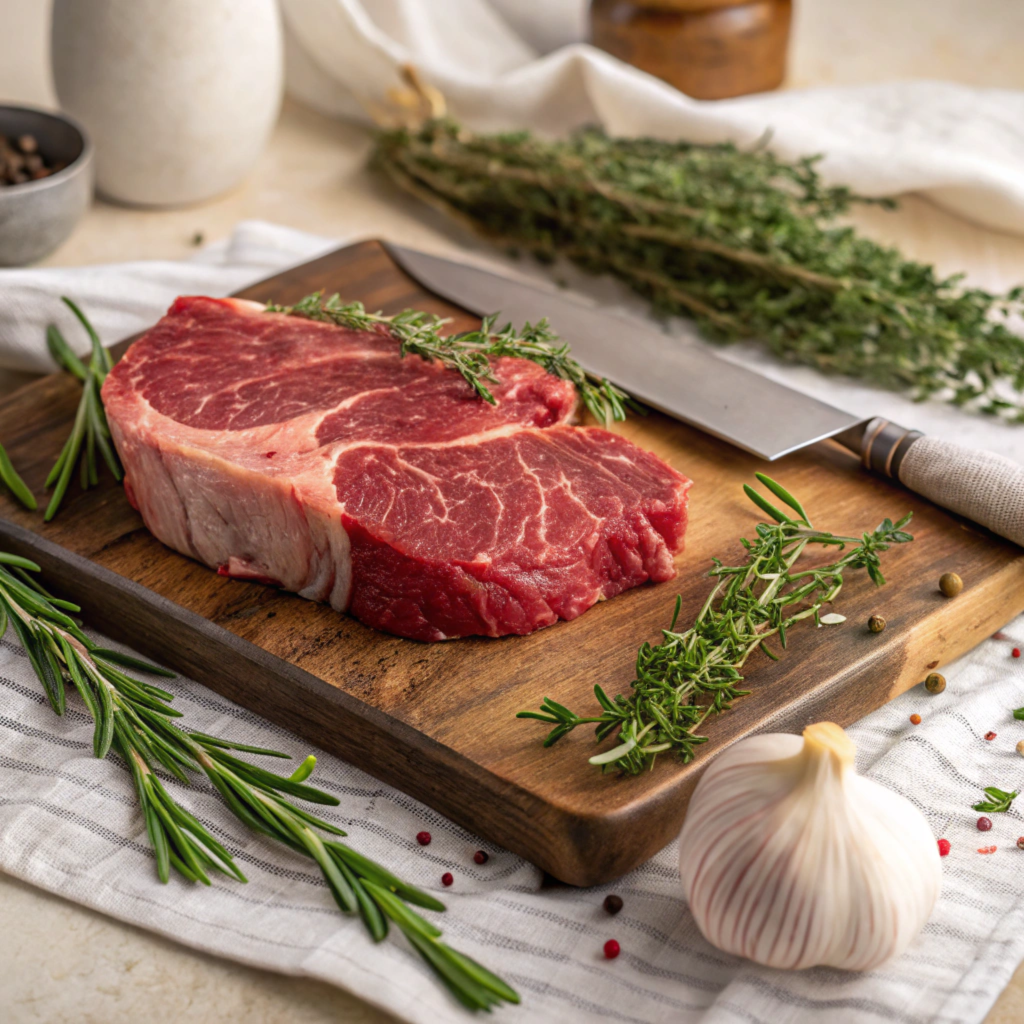Ultimate Guide to Making the Perfect Chicken Parm Sandwich
Learn how to create a mouthwatering chicken parm sandwich, from its origins to the ultimate recipe. Delight in crispy chicken, gooey cheese, and tangy marinara—all nestled between soft bread. Introduction The chicken parm sandwich is … Read more

